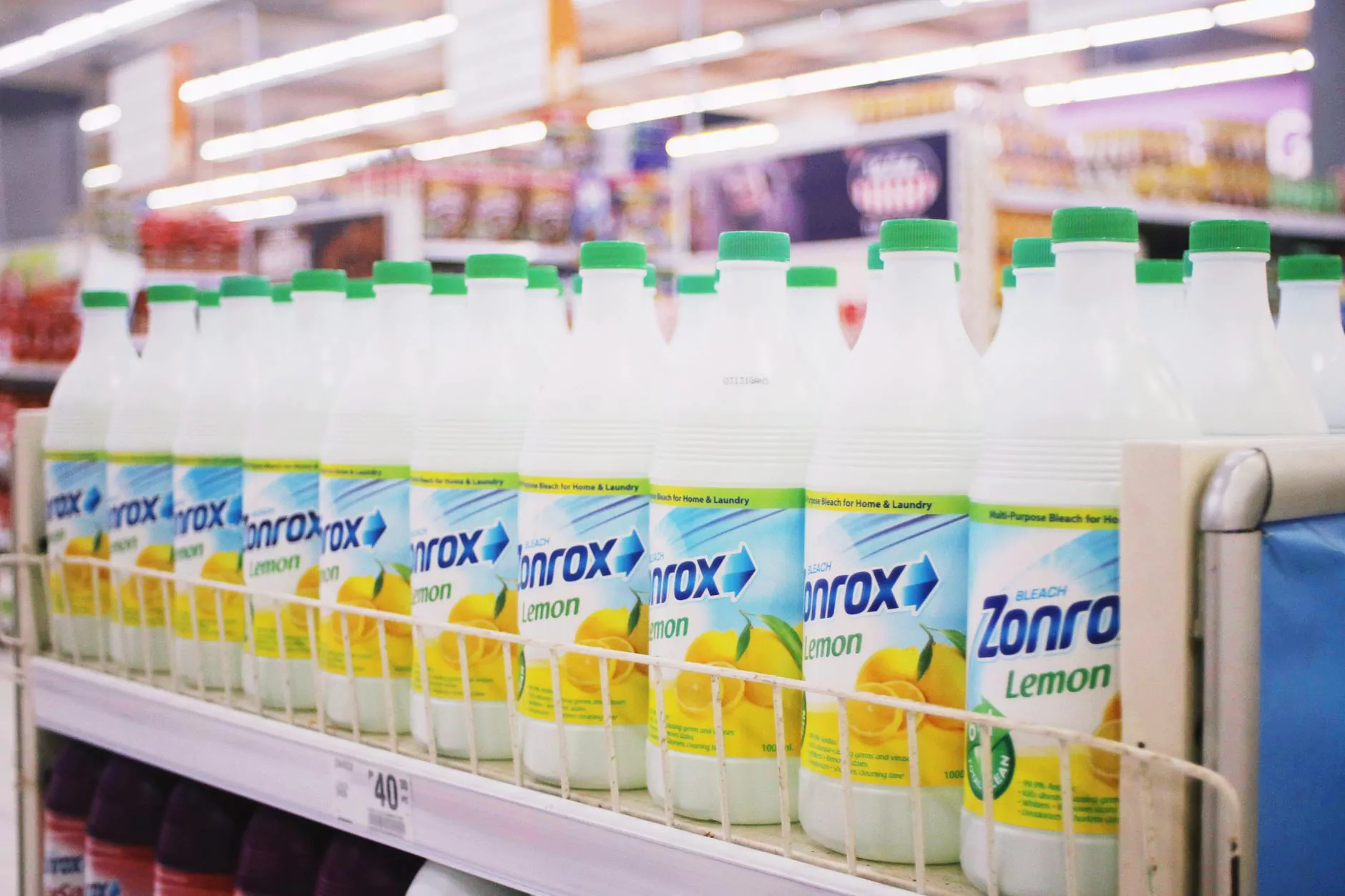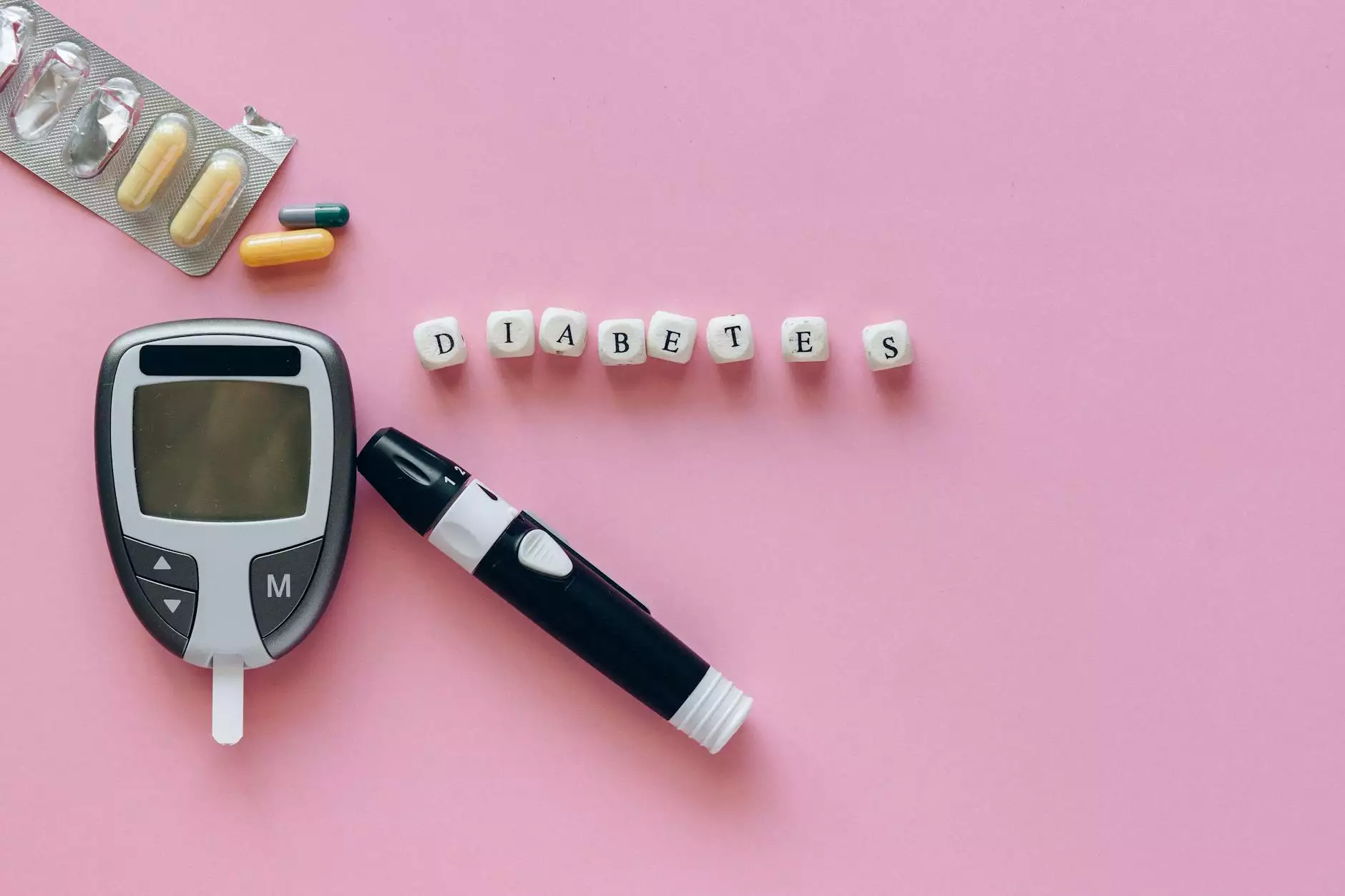The Essential Guide to Chemical Label Templates for Your Business

In the fast-paced world of commerce, branding and safety compliance are crucial for success, particularly in industries dealing with chemicals. Having an effective chemical label template can make a significant difference not only in meeting regulatory requirements but also in ensuring that your products stand out. In this article, we will explore the significance of chemical labels, the essential elements of a successful label template, and how to create one that meets the unique needs of your business.
Understanding the Importance of Chemical Labels
Chemical labels serve multiple purposes, each critical to both the safety of users and the branding of your product. Here are some fundamental reasons why chemical labels are vital:
- Safety Compliance: Labels help comply with local and international regulations such as OSHA (Occupational Safety and Health Administration) and WHMIS (Workplace Hazardous Materials Information System). They provide vital information on handling, storage, and disposal of chemicals.
- Preventing Hazards: Proper labeling can prevent accidents by informing users about the nature of the chemicals they are dealing with, including potential hazards.
- Brand Identity: A well-designed chemical label can reinforce your brand image and differentiate your products from competitors. Clear and attractive labels can catch the eye of potential customers.
- Product Information: Labels also provide necessary insights about the product, including usage instructions, safety precautions, and ingredient lists.
What Makes a Good Chemical Label Template?
Creating an effective chemical label template is crucial for ensuring accuracy, safety, and brand consistency. Here are the core components needed:
1. Compliance with Regulations
Before designing a label template, it's essential to familiarize yourself with regulatory guidelines. Ensure your labels include:
- Product Identifier
- Pictograms indicating hazards
- Signal words (such as 'Danger' or 'Warning')
- Hazard statements describing the nature of the hazards
- Precautionary statements
- Supplier information
2. Clear and Concise Information
Each label should convey necessary information clearly. Use simple language and avoid jargon to ensure that even individuals with limited technical knowledge can understand the information. The use of bullet points can help in making the information easy to digest.
3. Attractive Design
While safety is the primary concern, the aesthetic design of your labels shouldn’t be neglected. A professional design can enhance the appeal of your products. Consider the following design elements:
- Colors: Use colors that align with your brand identity but also ensure the text is legible from a distance.
- Font Styles: Choose font styles that are easy to read. Typically, sans-serif fonts work best for labels.
- Branding Elements: Incorporate your logo and branding elements but ensure they do not clutter the essential information.
Steps to Create an Effective Chemical Label Template
Creating a chemical label template can be straightforward if you follow a structured approach. Here’s how:
Step 1: Research Regulations
Start by researching the regulations applicable to your industry. This information can typically be found on government websites or industry regulatory bodies. Make a checklist of all the required elements that must be included on your labels.
Step 2: Select Design Software
Choose design software that suits your needs. There are many options available, from professional design suites like Adobe Illustrator to user-friendly tools like Canva or Microsoft Word. Ensure that the software allows you to customize templates easily.
Step 3: Draft Your Template
Begin drafting your label by setting the dimensions according to your product packaging. Include placeholders for the essential information identified in your research, such as:
- Product Name
- Hazard Information
- Precautionary Measures
- First Aid Instructions
Step 4: Design and Layout
Now it's time to focus on the visual elements of your label. Create an engaging layout that balances information and aesthetics. Use contrasting colors for text and background to enhance readability and ensure that all required elements are visible at a glance.
Step 5: Review and Revise
Once your label drafts are ready, conduct thorough proofreading and review for compliance with regulations. It may be beneficial to have someone else review it as well to catch any mistakes you might have overlooked.
Step 6: Print and Test
After finalizing your label template, print a few samples and conduct a real-world test. Place the labels on products and check whether they meet legal requirements and brand standards. Make adjustments as necessary.
Choosing the Right Printing Services
The quality of the labels you produce will significantly impact their effectiveness. Choosing the right printing services is crucial. Here are some factors to consider when selecting a printing service for your chemical labels:
1. Quality of Printing
You need a printer who can deliver high-quality prints that resist fading and smudging. This is particularly important for chemical labels, which may undergo harsh conditions during their lifecycle.
2. Material Options
Inquire about the materials available for printing your labels. The right material can enhance durability and ensure that your labels remain intact even in challenging environments. Waterproof and chemical-resistant materials are often ideal for chemical labels.
3. Customization Capabilities
Look for a printer that offers customizable options. Your chemical label template may require unique sizes, shapes, and finishes. Ensure the printer can meet your specific requirements.
4. Turnaround Time
Business demands often require quick turnaround. Choose a printing service that can meet your production timelines without compromising quality.
5. Cost
While you want affordability, remember that quality often comes at a price. Compare different printing services’ pricing and weigh them against the quality of materials and services offered.
Future Trends in Chemical Labeling
As the business environment evolves, so does the approach to labeling. Here are some future trends we can expect to see:
1. Smart Labels
With advancements in technology, the use of smart labels that integrate QR codes or NFC chips is emerging. This allows consumers to access detailed product information directly from their mobile devices.
2. Sustainability
More businesses are focusing on environmentally friendly practices. Using recyclable materials for labels is becoming a priority, and many companies are integrating sustainability into their branding efforts.
3. Automation in Label Production
As automation continues to advance, we can expect a surge in automated labeling solutions that can enhance accuracy and efficiency in production lines.
Conclusion
In conclusion, a well-designed chemical label template is essential for any business dealing with chemical products. By prioritizing regulatory compliance, clarity, and visual appeal, you can ensure that your labels not only promote safety but also enhance your brand's visibility. With the right approach to design, printing, and future trends, you will be well on your way to creating labels that not only meet requirements but stand out in the marketplace. Whether you’re looking for custom solutions or standardized templates, invest the time to create an effective labeling strategy for your business.








